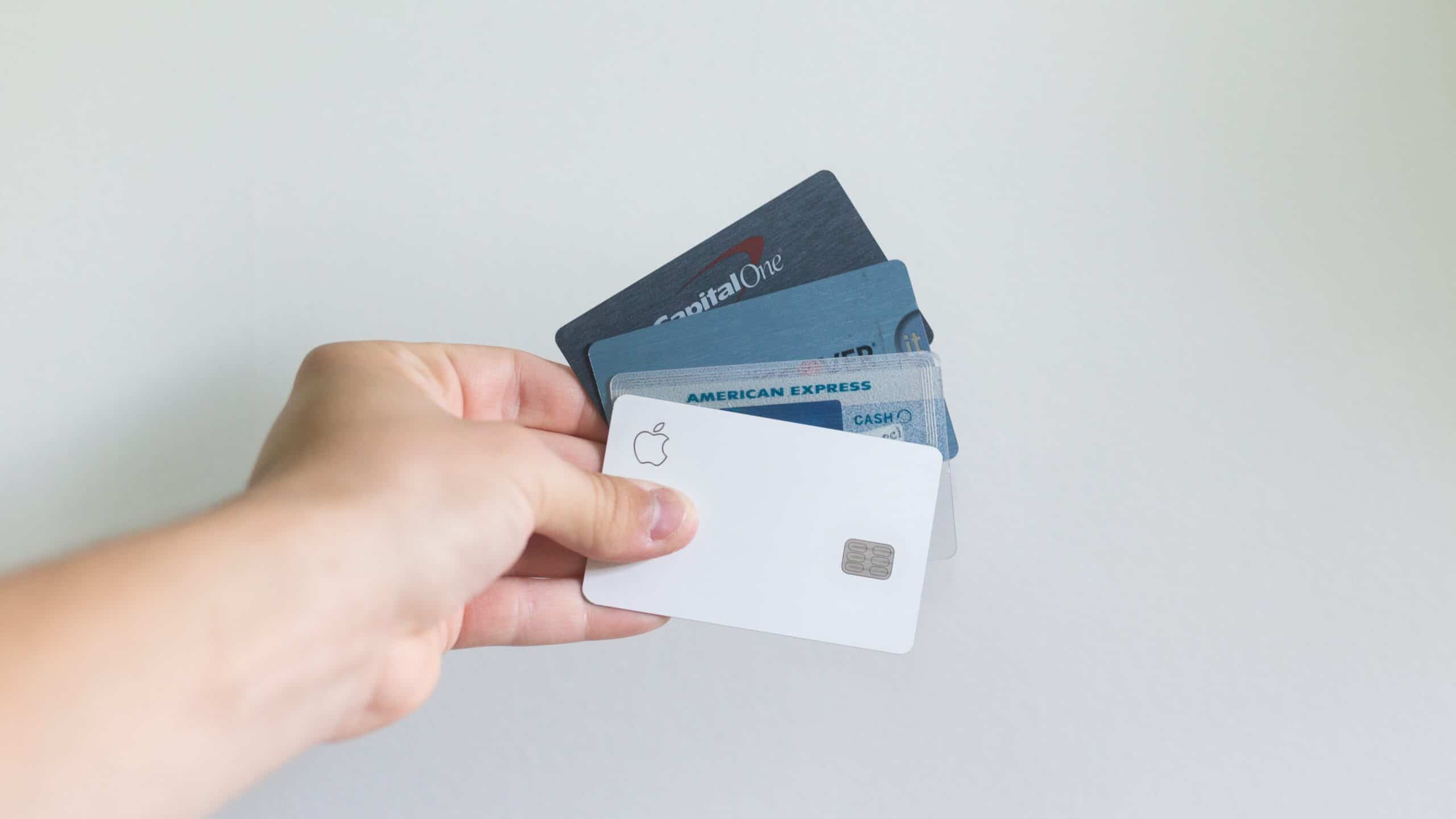Interchange fees are the fees your bank pays to the card issuing bank any time one of your customers uses a card to make a purchase. Every card issuer sets its own interchange rates. While they can’t be negotiated, interchange fees vary from about 0.5% to 3.5% depending on the card issuer, transaction type, merchant type, and lots of other categories. So merchants do have some flexibility to target lower rates by optimizing their transactions to meet the criteria for categories with lower fees. Here are some of the ways merchants do that.
6 Interchange Optimization Strategies Merchants Can Use
Many of the factors that impact which interchange rate applies to a transaction are out of the merchant’s control. But there are some things you can influence in order to lower your interchange fees as much as possible.
Use the Address Verification Service for Card-Not-Present Transactions
Card-not-present transactions are some of the most expensive transactions when it comes to interchange fees because the risk of fraud is high. But by integrating the address verification service (AVS) system to minimize that risk, you can bump your card-not-present transactions into a better category. Many merchants can’t do this on their own. But some payment processors, like National Processing, will work with you to add this extra layer of security.
Settle Transactions within 24 Hours
Some interchange categories set a time limit of 24 hours between authorization and settlement for a transaction. If it takes longer than that, the transaction can be bumped into a more expensive interchange category. This is mostly a risk for merchants that use batch settlement. Make sure you settle your batches at least once a day to avoid getting hit with higher interchange fees for delayed settlement.
Process Changes to Transactions Correctly
Another common cause of higher interchange fees is mismatched transaction amounts. Say a customer initially pays for $100 of merchandise. After the transaction is authorized but before it’s settled, they change their mind about one of the products and remove it from their order. Their new total is $80.
Since that’s lower than the authorized amount, you might think you don’t need to process a new transaction. But when the card issuer receives transaction data with a $100 authorization and $80 settlement, it’ll get flagged as a mismatched authorization. To avoid this, void the original transaction and run a new authorization for the new purchase price.
Make Sure Your Merchant Category Code Is Correct
Merchant category codes are assigned by your payment processor and used to identify the type of business you run and the product or services you offer. Card issuers also charge different rates for different merchant categories. Each code has a very specific definition established by the International Organization for Standardization so you can’t just change it to whatever you want.
However, sometimes payment processors that aren’t too familiar with your business can end up assigning a code that doesn’t quite fit. So it’s worth contacting your processor to find out which code was assigned to you and whether that really is the most accurate choice.
Identify Your Downgraded Transactions
The above interchange optimization tips are based on some of the most common reasons merchants end up getting hit with higher interchange fees. But there are lots of different reasons your transactions might be getting downgraded to more expensive categories. Your payment processor can look through your transactions to see what categories were assigned to each one and help you spot the ones that were likely downgraded. Once you know the kind of downgrades your transactions are facing, you’ll be able to figure out ways to change the way you process transactions to avoid the downgrade going forward.
Choose a Payment Processor that Uses Interchange-Plus Pricing
Before you go through all the effort of an interchange optimization strategy, you need to make sure you’re working with a payment processor that will actually pass those cost savings on to you. That’s because, technically, merchants don’t pay interchange fees — the acquiring bank where you opened your merchant account does.
But those interchange fees paid by the acquiring bank are built into the payment processor’s fees that merchants do pay. If your current payment processor charges you a flat rate, though, your fees will stay the same regardless of what the acquiring bank paid in interchange fees. In that scenario, interchange optimization will save your payment processor money, but it won’t make any difference to your costs.
In an interchange-plus pricing model like the one National Processing uses, on the other hand, you will get to see those cost savings. Instead of a flat rate, you pay the actual interchange rate plus a fixed fee on top of that for the payment processor. That way, you’ll actually see any savings you’re able to get through interchange optimization.
Frequently Asked Questions About Interchange Optimization
What does interchange mean in credit card processing?
Interchange refers to the fees charged by a card issuing bank to the merchant’s bank when a customer uses their card to make a purchase. The fees cover the costs of converting a charge on the customer’s card into a cash deposit made to a merchant account. It covers the services and risk involved in that process.
What is interchange optimization?
Interchange optimization is a method that merchants can use to lower the interchange fees they pay by adjusting the way they handle transactions or working to meet criteria for a better interchange category.
How can I lower my interchange fees?
Interchange fees can’t be negotiated, but some merchants may be able to lower them by changing the category their transactions fall into. Card issuers have a complex framework for categorizing transactions by transaction type, card type, merchant category, transaction volume, and many other criteria. Interchange fees vary depending on these categories so merchants can lower fees aim to meet the criteria for lower interchange fee categories.





